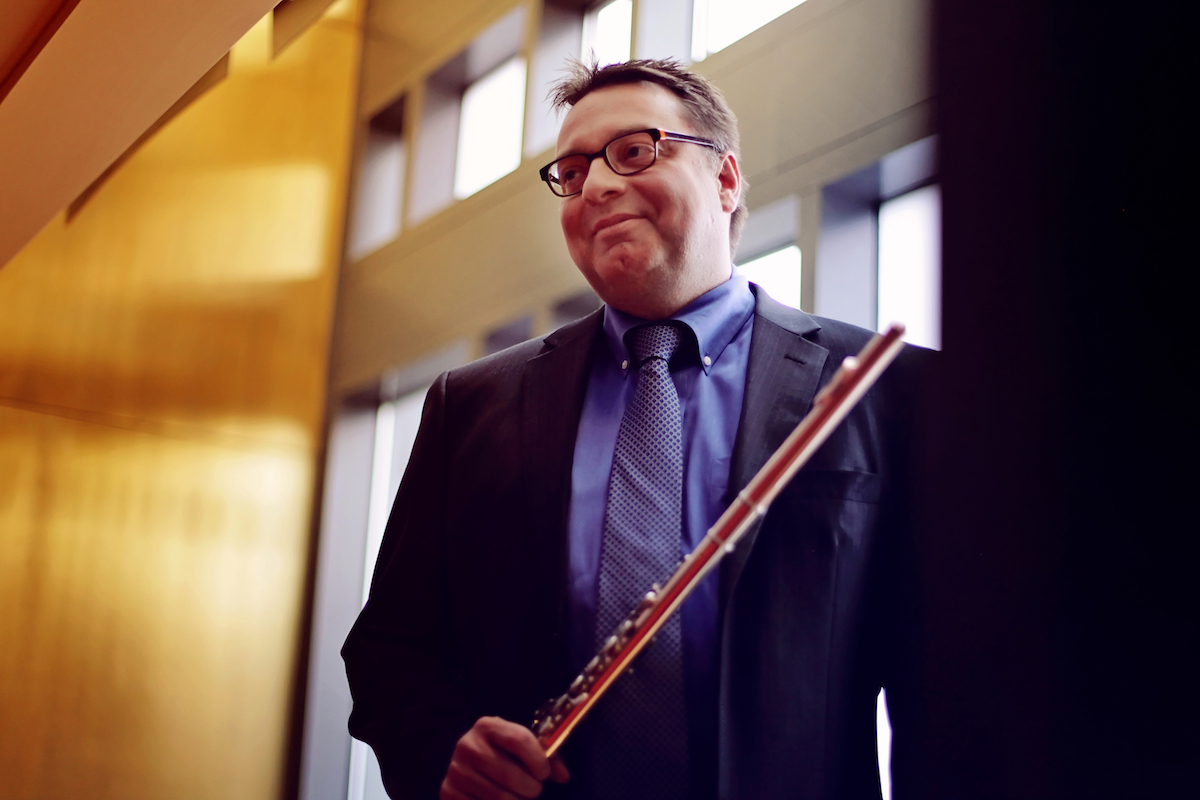If you want to work on memorization, start by listening to the piece every moment you have. Put on a recording when you first get up, when you are driving, when you are at the gym! Have it playing in the background anywhere you go.
Before you begin the memory process, realize that you are creating impressions on your brain everytime you play through a work. Once you start practicing a piece, go as slow as needed, in order to play without any mistakes. Realize that you are recording this information into your brain. You want to be 100% accurate. Do not make mistakes; if you do, then you have to erase and record the information again because the wrong version is still somewhere in your brain. In making mistakes, you are storing multiple versions of the piece in your memory and it is more complicated to play the right version.
To being the memory work: break a piece into little sections and do a quick analysis first. Figure out which chords, scales, or other patterns you are playing. Play the first section with the music, then without the music. If you do make a mistake, don’t beat yourself over it. Just do it again the correct way. Look visually and then try again to input the information correctly. Always go slow. When you notice a mistake ask yourself “Have I assimilated the piece enough? Do I need to listen to it a few more times?” Record yourself and listen. You should be able to tell right away if you played correctly. Try playing the memorized section on a different instrument; I go to the piano and play it. Once you can play a section through 10 times without errors, you can go to the next section.
At the beginning keep your expectations low. Pick a realistic amount of notes you can memorize in a day. Once you start memorizing you might discover that it is not as difficult as you expected. Start with a few bars and slowly expand until you have the whole piece learned. After learning the first section, move to the next section. Try to put both sections together. Soon you will be able to play half of a page together. Try to play it 10 times without mistakes. Then put a whole page together and play it 10 times. Eventually you will be able to memorize longer sections. The hardest thing I ever memorized was the Rodrigo Concerto for flute. I tried to learn eight notes a day. If I was able to remember the eight notes at the end of the day, I was happy. It was very difficult for me. Even using all these techniques, I was learning just a few notes every day.
When I was studying in London, I had a 30 minute subway ride to get to the Royal Academy of Music. During that train ride I would try to write my pieces on a manuscript paper. Right away I would find out how much I actually had memorized. Muscle memory is not going to work for you in this instance. You hear from students often, “I played it a million times but during the performance I suddenly completely forgot a section of my piece.” During performances we can get distracted and suddenly stumble. Our muscle memory only goes so far, and you cannot rely on it. A good way to test yourself is to listen to the piece and visualize what is on the page. Once you close your eyes, you should be able to visualize the actual notes.
When I practice memorization in technically challenging passages, I challenge myself to play them many different ways. I walk around my room while playing a passage. I add different rhythms and groupings without looking at the music, or try to play the passage backwards without looking at the music. That is a great test because it is engaging more than simple muscle memory. It will show you how well you have memorized what you are playing.
While working on memorization I suggest taking a lot of breaks. Every 10 -15 minutes stop for a little bit or do something else. I always practice with two music stands in front of me, one with my etude book, one with my solo music. Play your piece for 20 minutes. Then go back to your etude for 10 minutes. Keep switching back and forth. You can also alternate technique and tone exercises in between your memorization. Also, exercise short term and long term memory. If you master a section in the morning, put it away and come back to it that evening or the next day. Can you still play it flawlessly? If not, you need to go back and exercise the short term memory and try again with the long term memory. This takes discipline. Don’t be afraid to start from scratch again in the long term memory fails you. It will improve in time.
In conclusion, there are many many ways you can work on memorizing any musical work. Make sure you do a check of all of the possibilities I described above to exercise your brain, ear, eyes, and fingers together to build strong long term memorization of any piece. I can still play the Nielsen Concerto from memory today, but I still have to exercise the short term memory to remember much of the Rodrigo Concerto! You will find that not only your technique on your instrument will strengthen but also will your understanding of the music your are learning!
Revised and edited by Claire Thompson, PhD.
#practicing , #performance

Jeff Zook
Jeffery Zook has been a member of the Detroit Symphony Orchestra flute section since 1992. His formal musical studies began at the Interlochen Arts Academy and continued at the University of Michigan. With additional studies in England, Mr. Zook attended the Royal Northern College of Music in Manchester and received the coveted Recitalists’ Diploma from the Royal Academy of Music in London. His teachers have included William Bennett, Trevor Wye, Judith Bentley, Jacqueline Hofto, and former DSO piccoloist Clement Barone.



Comments are closed.